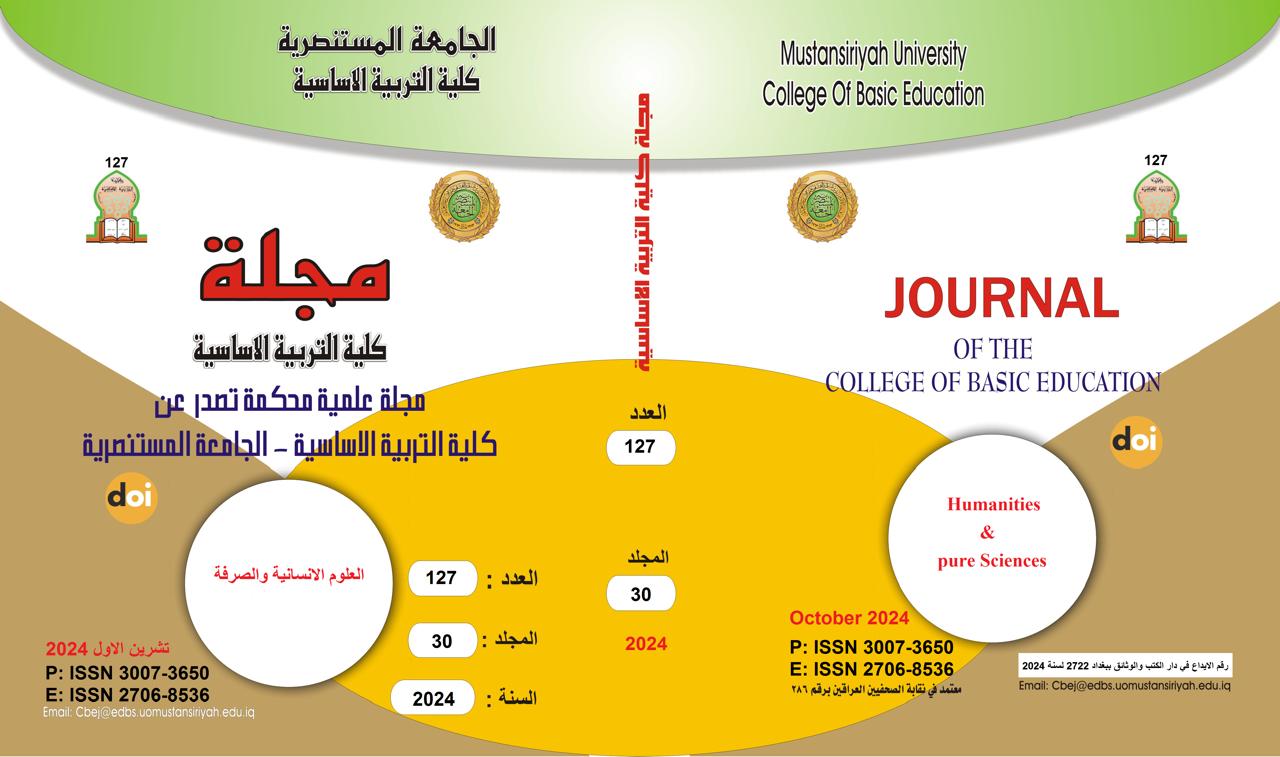The Legal Objectives Of Increasing The Punishment In The Prescribed Punishments / Incest As A Model
Main Article Content
Abstract
The research entitled (The Sharia Objectives in Increasing Punishment in Hudud) aims to explain the most important Sharia objectives that can be realized, and which were intended by the wise legislator, in increasing the punishments for Hudud crimes in general, and the crime of incest in particular, and we have dealt with this crime as an example of Hudud crimes. ; because it represents a blatant violation of the prohibitions, due to the psychological and physical harm caused by this crime to the victim, and it represents a blatant violation of honor, and a serious threat to the disintegration of families, and a dangerous factor in severing the ties of kinship that God ordered to be connected, and stressed not to sever them, but rather made severing them a reason; to prevent entering Paradise. We also explained in the research whether the increase in the punishment is considered a limit, i.e. its estimation is up to the wise legislator, or is it a discretionary punishment whose amount is determined by the imam or judge according to the crime, the circumstances of the offender and what deters him? Then we explained in this study the types of crimes of the limits, and the punishment for each crime, and we concluded by explaining the punishment for the crime of incest, which is killing as discretionary punishment, which is what we preferred in this research.
Article Details

This work is licensed under a Creative Commons Attribution-ShareAlike 4.0 International License.
